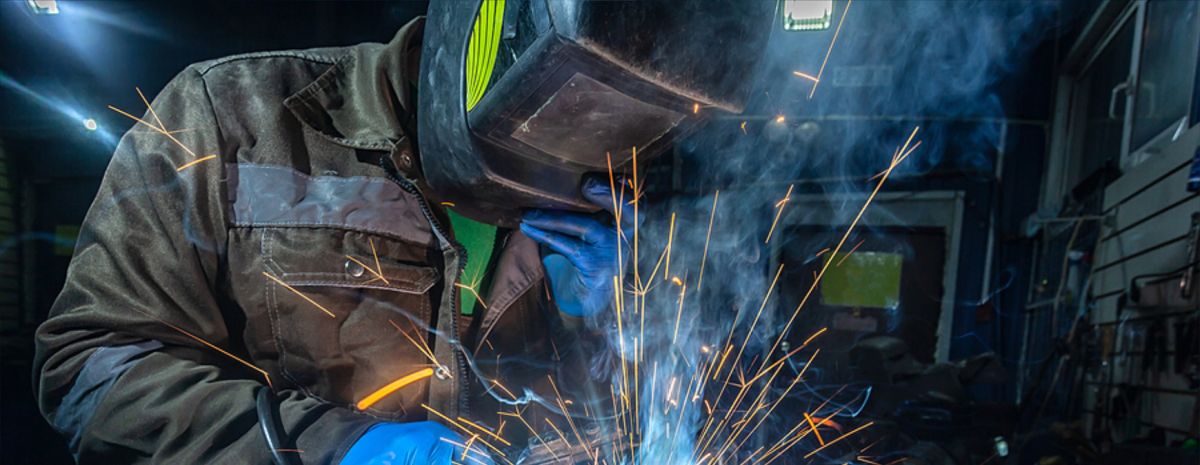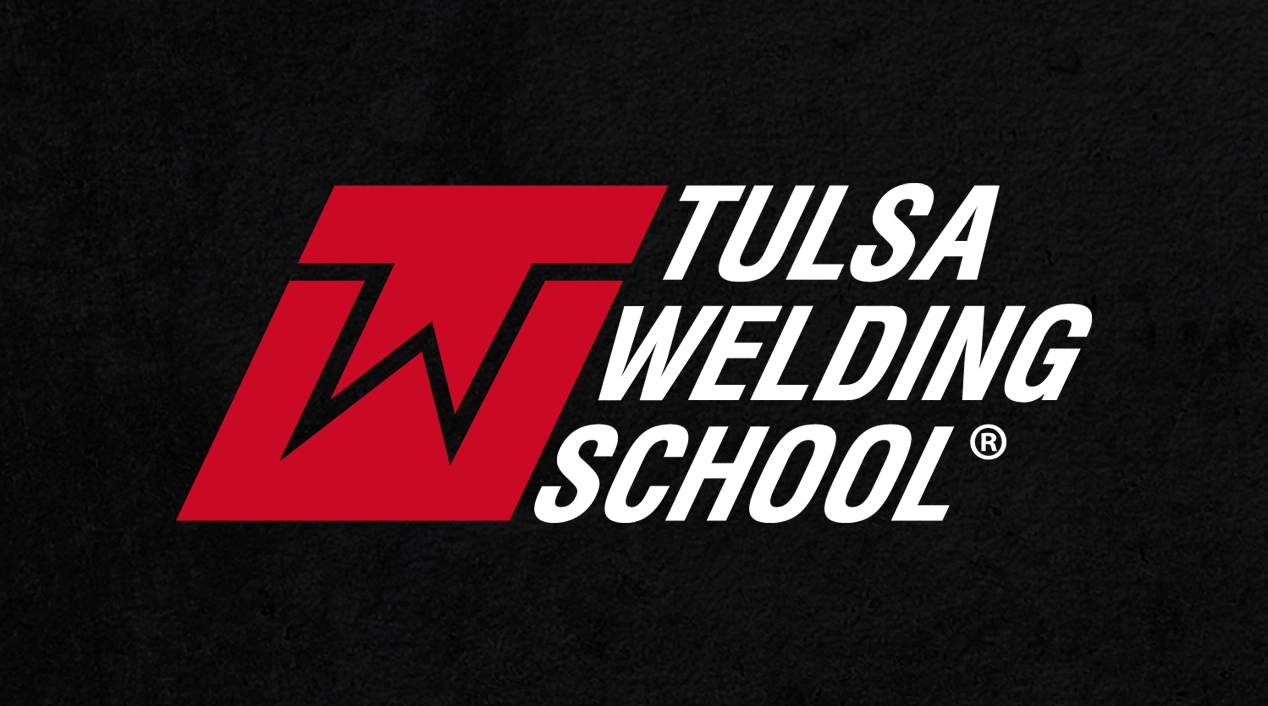TWS is a Great Training Option for Everyone
Learn more about how we can prepare you to advance your career.
You likely know all about grades from your welding classes. But did you know America’s infrastructure gets them too?1
- Roads and highways. Grade: D.
- Transit systems. Grade: D-.
- Dams. Grade: D.
- Aviation. Grade: D.1
Pretty bad, right? Overall, the American Society of Civil Engineers gave the country’s infrastructure a D+.1
Who’s going to fix it? Welders.2
Let’s see how.
Have You Considered a Career in the Skilled Trades?
Fill out the form to recieve a no obligation info packet.
The Problem: America’s Aging Infrastructure
Imagine your car’s stuck in bumper-to-bumper traffic on a highway bridge. You’re on your way to school. You’re surrounded by cars, trucks and motorcycles, all inching along at a snail’s pace. Just as your mind starts to wander off to your welding exam later… CRACK! CRACK! BOOM! The bridge is collapsing. Cars plummet into the water below. Yours is next.
Horrible nightmare? Or true story in America?
The latter.3
It happened in Minneapolis on August 2, 2007. It was the Interstate 35W bridge over the Mississippi River in downtown Minneapolis. Thirteen people died. One hundred forty-five people were injured. It could have been prevented.3
Prior to the catastrophe, the Minnesota Department of Transportation classified the I35 as structurally deficient and fracture critical; not only did the aging bridge need repairs, but it was just one component failure away from collapsing. And that’s exactly what it did.3
America’s Infrastructure Still Crumbling 10 Years Later
Fast forward to 2016, and many of America’s bridges still aren’t safe: 9.1% were structurally deficient, with many nearing the end of their design life. The cost to rehabilitate them? $123 billion.4
As you now know, the story’s pretty much the same for the rest of the country’s infrastructure.1
And just like with our deteriorating bridges, there’s a price tag on fixing it all.
- Dams. $45 billion.5
- Transit. $90 billion.6
- Aviation. $42 billion.7
The Solution (Part I) An Infrastructure Bill
$2 trillion. That’s how much the American Society of Civil Engineers estimates it will cost to repair and rebuild all of the nation’s infrastructure.8
Infrastructure bills to cover the costs have been tossed around in Washington D.C. House Democrats greenlighted major energy infrastructure legislation. President Trump’s interested in pulling off an ambitious infrastructure bill. The Senate Environment and Public Works Committee passed major legislation.9
But, they all need to agree on one bill for it to happen.9
With millions of Americans unemployed due to COVID-19 and the presidential elections slated for November, they just might.9
The Solution (Part II): Welders

Who makes the strong metal joints needed for the manufacture of ships, cars, airplanes and railroad cars? Welders do.10
Who fuses the steel skeletons of brides, buildings and other structures? Welders do.10
Who connects and joins the pipes in power plants, pipelines and refineries? Welders do.10
Welders are among the tradesmen who built America: our homes and office buildings. Our streets, tunnels and bridges. Our intercontinental railway. The Golden Gate Bridge, Empire State Building, Gateway Arc and Hoover Dam. We have welders to thank for all of it.11
Many of the tradesmen who repair and rebuild America will likely be welders. The Bureau of Labor Statistics says, “The nation’s aging infrastructure will require the expertise of welders, cutters, solderers, and brazers.” Welders will be needed to rebuild highways, buildings and bridges. They may also play a vital role in constructing new power generation facilities, especially pipelines that carry oil and natural gas.2
In addition to building, the BLS predicts welders will help manufacture transportation equipment and fabricated metal products.2
Other Skilled Trades Workers Needed Too
Welders aren’t the only workers the BLS foresees playing a part in shaping the face of the nation in coming years.12
The new America may be greener, in keeping with the global transition to a low-carbon economy. Experts predict energy to be a cornerstone of any infrastructure bill passed because the sector has proven to create jobs in the past.9
That could mean jobs for the pros who can link solar and wind energy to homes and power grids: electricians. In fact, the BLS predicts alterative power generation to be a source of jobs for them through 2028.12
Keep America Strong. Join the Ranks of Skilled Trades Workers
While it remains to be seen if the federal government passes an infrastructure bill this year or next, one thing is certain: our roads, bridges and airports need repairing and rebuilding.1,9 And the workers the labor department predicts will do it are welders, electricians and other skilled tradespeople.2,12
Will you help them?
Talk to a Tulsa Welding School rep today about its skilled trades training programs. Call (855) 237-7711. See how soon you could play your part in America’s future now.
1https://www.infrastructurereportcard.org/americas-grades/
2https://www.bls.gov/ooh/production/welders-cutters-solderers-and-brazers.htm#tab-6
3https://www.npr.org/2017/08/01/540669701/10-years-after-bridge-collapse-america-is-still-crumbling
4https://www.infrastructurereportcard.org/cat-item/bridges/
5https://www.infrastructurereportcard.org/cat-item/dams/
6https://www.infrastructurereportcard.org/cat-item/transit/
7https://www.infrastructurereportcard.org/cat-item/aviation/
8https://www.infrastructurereportcard.org/solutions/investment/
9https://thehill.com/opinion/energy-environment/507221-a-bipartisan-energy-infrastructure-bill-is-still-possible
10https://www.bls.gov/ooh/production/welders-cutters-solderers-and-brazers.htm#tab-2
11https://www.admoyer.com/blog/tradesmen-made-america-great-and-there-s-more-work-to-be-done-bpid_20.aspx
12https://www.bls.gov/ooh/construction-and-extraction/electricians.htm#tab-6
This blog has been labeled as archived as it may no longer contain the most up-to-date data. For a list of all current blog posts, please visit our blog homepage at https://www.tws.edu/blog/







